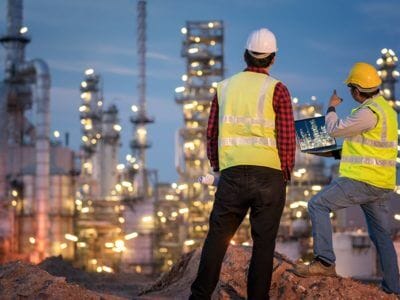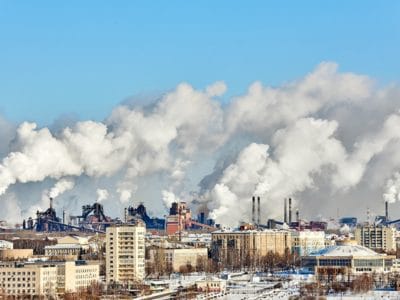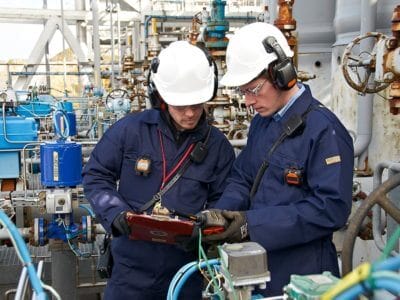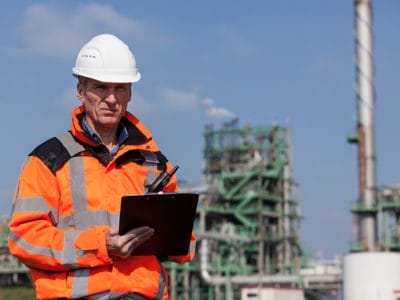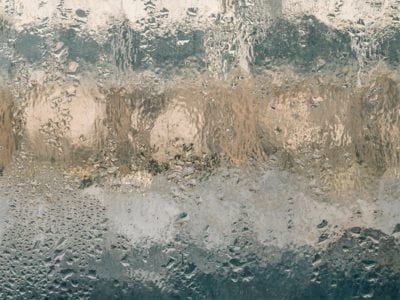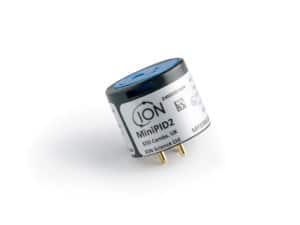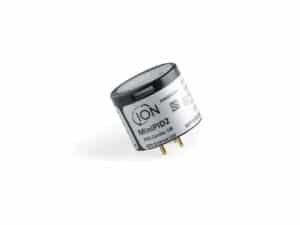
What Are Fugitive Emissions?
Undesirable and a dangerous hazard of the workplace
Fugitive emissions are accidental emissions of vapours or gases from pressurised apparatus, either due to faulty equipment, leakage or other unforeseen mishaps. It can also occur through evaporation, in such sources as storage tanks or wastewater treatment facilities. Though not limited to industrial settings, the vast majority of fugitive emissions take place in factories, power plants and the suchlike.
Fugitive Emissions Monitoring
Emissions not caught by a capture system which are often due to equipment leaks, evaporative processes and windblown disturbances.
Fugitive emissions are emissions of gases or vapours from equipment due to leaks. They can also be other unintended or irregular releases of gases. Most fugitive emissions are from industrial activities such as the Oil and Gas industry as well as manufacturing processes. This chart shows how fugitive greenhouse gas emissions from the energy supply sector have been steadily declining. But there is still a way to go.
”Method 21, devised by the Environmental Protection Agency (EPA) is a method involving a photoionisation detector (PID) or flame ionisation detector (FID), and is the most commonly used technique for sniffing out leakages in an industrial setting. Method 21 is not a fugitive emissions regulation, or a fugitive emission standard moreover it is a fugitive emission test procedure that helps a company comply with local emissions regulations.
Environment Protection Agency (EPA)
Why Detect Leaks?
As well as representing a loss in economic terms through lost commodities, fugitive emission leaks are also responsible for contributing to climate change and air pollution. Whilst this damage to our environment is clearly undesirable, fugitive emissions can also pose a more immediate threat.
With the potential loss of material from leaky pipes and joints, organisations can benefit from routine leak inspection also called leak detection and repair (LDAR). Small leaks can be detected and remedied before further damage is caused. Having a robust leak detection system brings many benefits, as detecting leaks early on is usually less costly to repair and limits downtime of facilities, helping to demonstrate compliance with legislation regarding emissions, and finally to protect the environment of your workers and neighbours.
What Are VOCs?
Volatile organic compounds (VOCs) are a wide range of naturally and synthetically occurring chemicals. They are described as volatile because they evaporate releasing molecules into the atmosphere. VOCs are also extremely useful as they form the building blocks of many synthetic materials (plastics, rubbers, glues, paints etc.). VOCs also play a key part in pharmaceutical manufacturing and are a great fuel for transport and heating.
In addition to potential safety concerns, VOCs also pose a long term health risk to workers with effects that can spread as far as the surrounding community. In situations where large amounts of flammable liquids and gases are contained under pressure, leaks also increase the risk of fire and explosion.
Download our FREE Guide
“Fugitive Emissions Monitoring”
The Fugitive Emissions Monitoring guide which can be downloaded below provides the reader with an in-depth balance of knowledge on the proper routine maintenance procedure. Gas leak equipment reduces the likelihood of leaks and the best way to reduce fugitive emissions is through regular leak testing and maintenance. Leak detection is scheduled at regular intervals and using gas detection devices, which can measure the amount of vapours escaping, and decide on an appropriate course of action.


